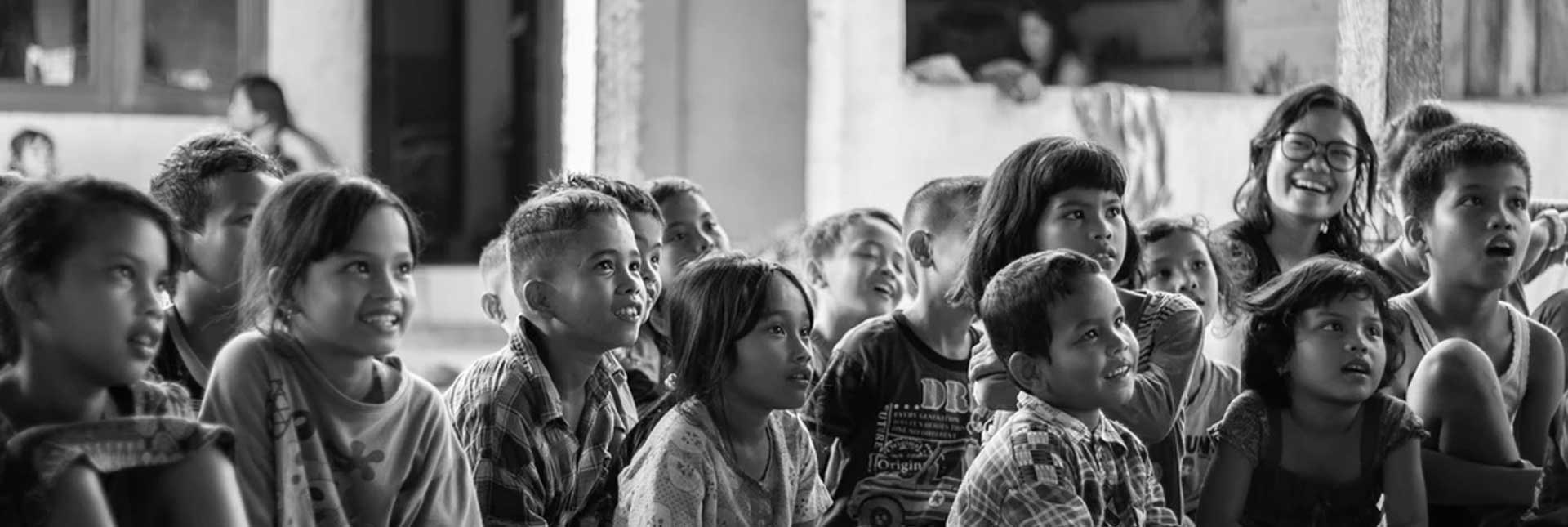
Blog Details
The subject of visually impaired and education has included evolving approaches and public perceptions of how best to address the special needs of visually impaired students. The practice of institutionalizing the visually handicapped in asylums has a history extending back over a thousand years, but it was not until the 18th century that authorities created schools for them where visually disabled children, particularly those more privileged, were usually educated in such specialized settings. These institutions provided simple vocational and adaptive training, as well as grounding in academic subjects offered through alternative formats. Literature, for example, was being made available to visually impaired students by way of embossed Roman letters.
Many NGO’s supports inclusive education to ensure that children who are blind or visually impaired are included in mainstream education. This is crucial to lifting people out of poverty. When children with disabilities participate in mainstream education on an equal basis with other children, they learn from an early age that they are equal and valued members of society. They remain in a normal social environment, are no longer isolated and participate more actively in general community activities throughout their lives.
Braille is a system of raised dots that can be read with the fingers by people who are blind or who have low vision.Braille is not a language. Rather, it is a code by which many languages—such as English, Spanish, Arabic, Chinese, and dozens of others—may be written and read. Braille is used by thousands of people all over the world in their native languages, and provides a means of literacy for all.
Louis Braille was born in Coupvray, France, on January 4, 1809. He attended the National Institute for Blind Youth in Paris, France, as a student. At that time, books were created using raised print which was laborious to produce, hard to read, and difficult for individuals to write. While attending the Institute, Braille yearned for more books to read. He experimented with ways to create an alphabet that was easy to read with the fingertips. The writing system he invented, at age fifteen, evolved from the tactile “Ecriture Nocturne” code invented by Charles Barbier for sending military messages that could be read on the battlefield at night, without light. Learn more about the creation of the braille code by exploring AFB’s Louis Braille Online Museum.
Our NGO TURNSTONE GLOBAL also offers for visually impaired children the power for literacy.
The Braille Press
1. Project kicked-off with support from Cognizent Foundation in 2009
2. Converts books into Braille form to make them accessible to the Blind.
3. Published the first ever Braille form of Tagore’s immortal work “Geetanjali”.
4. Supported by the Govt. of West Bengal, converted 40 books of Swami Vivekananda’s works.
Braille and Audio Digital Library
1.Housed within Central Library of University of Calcutta, this Library is the first of its kind in Eastern India.
2.Maintains a good stock of Braille and Digital Audio Books.
3.Caters to Visually Challenged students in pursuit of higher education.
4.In addition to text books, houses the works of Sir Arthur Conan Doyle, Agatha Christie, Rudyard Kipling, R. N. Tagore and numerous other authors; all published by our Braille Press.
5.Time and again, inspection been carried out by NAAC and UGC authorities receiving tremendous appreciations.
6.Delegates from foreign countries like Bangladesh, Malaysia and even far off Spain have visited this library and expressed their positive views.
7.Houses approximately 1150 Braille titles and 857 Audio titles.
8.To facilitate good production of Audio books, regular up gradation of Softwares like AMIS, OBI, SOUND FORGE and DAISY are done.